Fixing Audio Issues in Windows Movie Maker: Quick and Easy Solutions
Windows Movie Maker has long been a go-to tool for users looking for a simple way to create videos, whether for personal or professional use. However, running into the dreaded “no sound” issue can be a major roadblock. But don’t worry! This guide will walk you through understanding the common causes of these sound issues and provide seven easy fixes to restore your audio. Let’s get started on troubleshooting so you can get back to editing in no time.
Why Is There No Sound in Windows Movie Maker?

Before diving into solutions, it’s helpful to understand why you might be experiencing sound issues in the first place. Here are some common reasons:
- Incorrect Audio Settings: Simple mistakes, like muted sound within the software or on your device, are often the culprits. Checking these settings first can quickly resolve many issues.
- Unsupported File Formats: Not all audio and video formats are compatible with Windows Movie Maker. Ensure your files are in a supported format to prevent sound issues.
- Outdated Codecs: Missing or outdated codecs can lead to playback problems, including missing audio. These tools are essential for decoding multimedia files.
- Corrupted Files: Damaged files can prevent proper functionality, causing the program to crash or fail to play audio.
- Software Bugs or Compatibility Issues: As an older software, Windows Movie Maker may face compatibility issues with newer operating systems, affecting its functionality.
How to Fix No Sound in Windows Movie Maker
1. Check Your Audio Settings
Sometimes, the simplest solution is the most effective. Here’s how to ensure your audio settings are not the problem:
- Confirm your speakers or headphones are connected properly and functioning.
- Check the volume slider in Windows Movie Maker to ensure it isn’t muted or set to zero.
- Make sure the application’s sound isn’t muted in your computer’s master volume settings.
Test your audio system by playing sound from another program, like YouTube or a music player.
2. Verify Your Media Files
Ensure your files are in a supported format to avoid playback issues. Supported formats include:
- Video: WMV, AVI, MP4 (MP4 may require additional codecs)
- Audio: WMA, MP3, WAV
If your file isn’t supported, use a free converter like VLC Media Player or OnlineVideoConverter to convert it, then re-import it into Movie Maker.
3. Install the Required Codecs
Codecs are crucial for playing audio or video files. Without the right codecs, Movie Maker may experience sound issues. Here’s how to ensure you have the necessary codecs:
- Download and install a codec pack such as K-Lite Codec Pack.
- Restart Windows Movie Maker.
- Test your project to see if the issue is resolved.
4. Replace or Repair Corrupted Files
Corrupted files can disrupt your editing process. Here’s how to troubleshoot them:
- Test the file by opening it in another program. If it doesn’t play, it’s likely corrupted.
- Replace the file with a backup version, if possible.
- Use file repair tools like Wondershare Repairit to fix corrupted audio or video files.
5. Update Your Audio Drivers
Outdated audio drivers can cause sound problems. Follow these steps to update your drivers:
- Press Windows + X and select Device Manager.
- Expand the Sound, video, and game controllers section.
- Right-click on your audio device and select Update driver.
- Choose Search automatically for updated driver software.
Restart your computer to see if the sound issue is resolved.
6. Run Windows Troubleshooter
Windows has a built-in troubleshooter for quickly diagnosing and solving audio issues:
- Open Settings and go to Update & Security > Troubleshoot.
- Select Playing Audio and click Run the troubleshooter.
- Follow the on-screen instructions to resolve any problems.
7. Reinstall Windows Movie Maker

If other solutions fail, reinstalling the software might be your best option:
- Uninstall Windows Movie Maker via Control Panel > Programs and Features or Settings > Apps.
- Download and reinstall the program from a reputable source. Be cautious of third-party websites to avoid security risks.
- Re-import your project after installation.
Conclusion
Sound issues in Windows Movie Maker can be frustrating, but these seven steps—such as adjusting settings, converting file formats, or reinstalling codecs—can often solve the problem. If issues persist or you’re limited by the software, consider upgrading to alternatives like Adobe Premiere Rush, DaVinci Resolve, or iMovie (for Mac users). These modern tools offer advanced features, better compatibility, and reliable support to enhance your editing experience.
Related Articles

Must-Know Tips for Getting Started with Windows Live Movie Maker

Learn How to Install and Use Windows Movie Maker on Windows 10

Fix the Windows Movie Maker Black Screen Problem
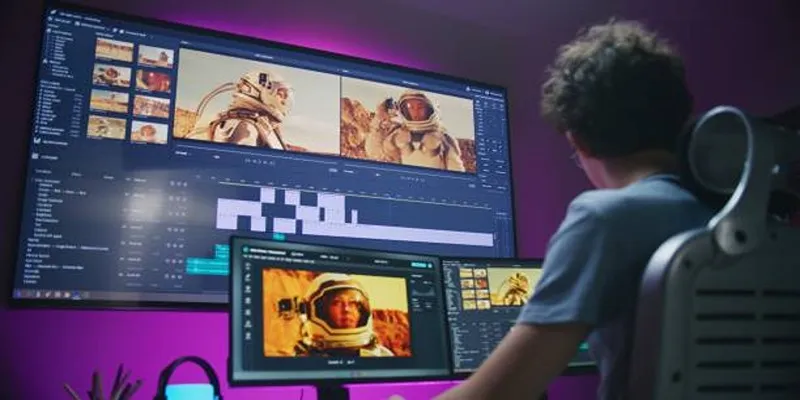
How to Download and Use Windows Movie Maker on Windows 10

5 Best Online Tools to Replace Windows Movie Maker
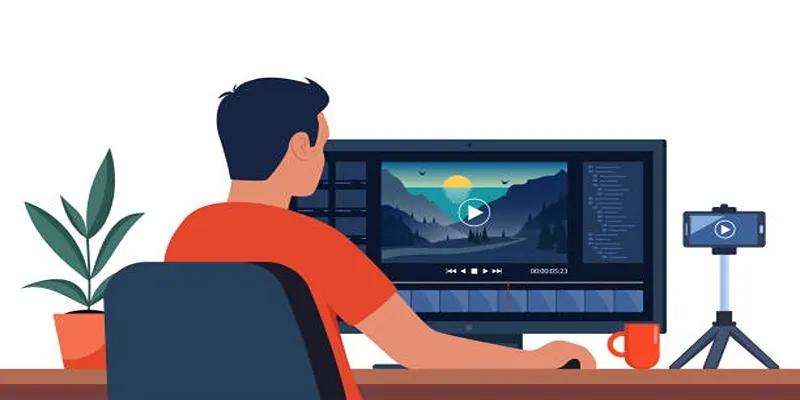
How to Create an Amazing AMV Using Windows Movie Maker

Step-by-Step Guide to Fading Out Videos in Windows Movie Maker

A Step-by-Step Guide on How to Cut Video in Movie Maker Easily
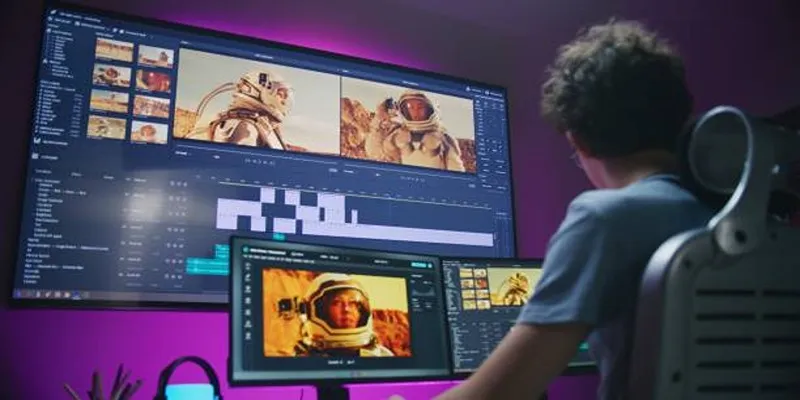
Step-by-Step Guide: How to Use Windows Movie Maker

Stop Motion Made Easy with Windows Movie Maker: A Complete Tutorial
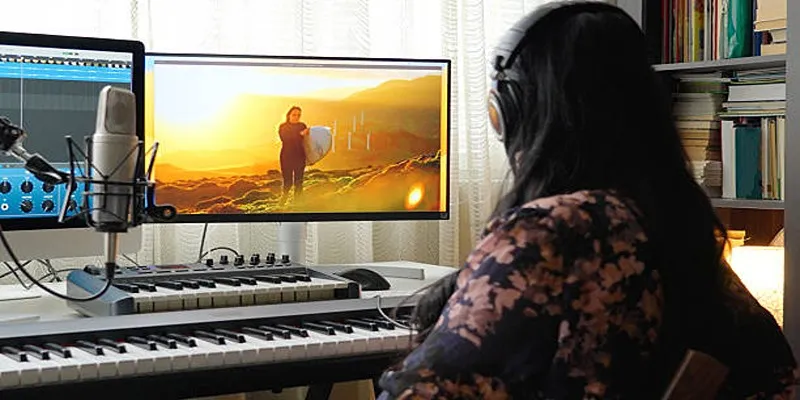
How to Easily Edit Videos for Free Using Windows Movie Maker
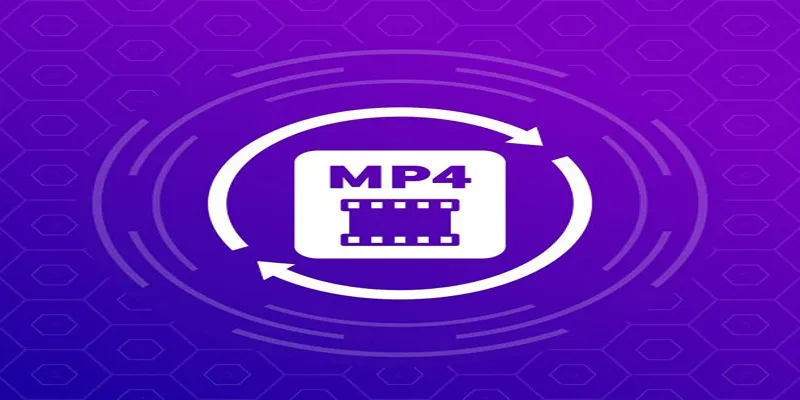
Easy Steps to Convert MP4 for Use in Windows Movie Maker
Popular Articles

Top 4 Typeform Alternatives to Create Online Forms and Surveys: A Comparison

GoPro Quik: Streamlined Editing for When You're in a Hurry

Step-by-Step Guide to Adding Multiple Galleries in WordPress

Where to Find Free Media Resources: 3 Best Websites

How to Make a Lyric Video That Boosts Your Music's Impact

beehiiv Introduces Direct Sponsorships for Ad Sales and Revenue
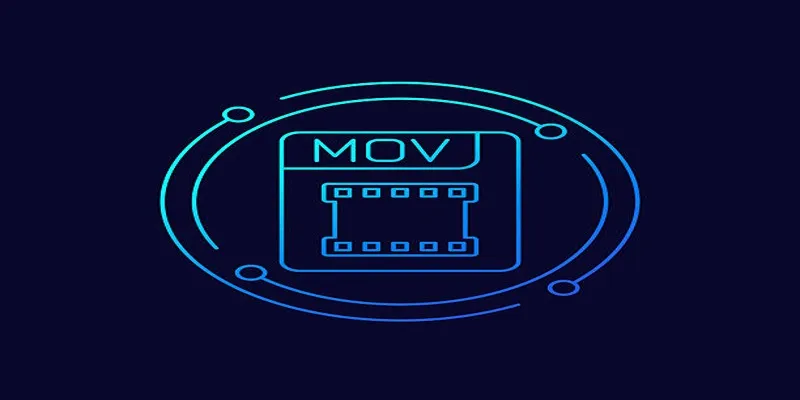
How to Effortlessly Convert MOV to MPEG and Vice Versa
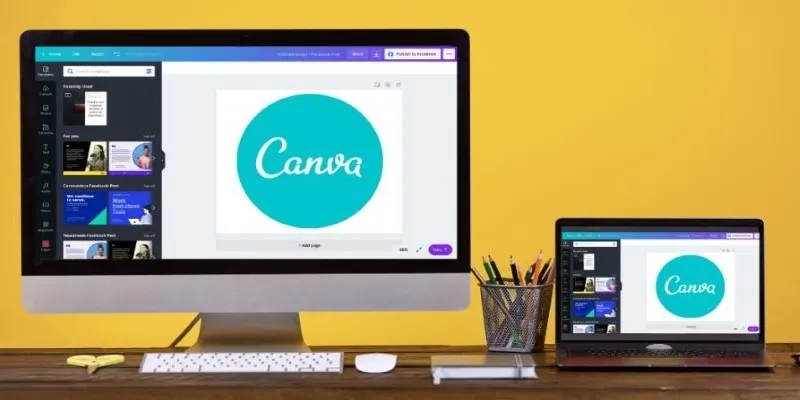
Transform Your Presentations with These Free PPT Template Tools

Is Wondershare DemoCreator Worth It? A Full Performance Review
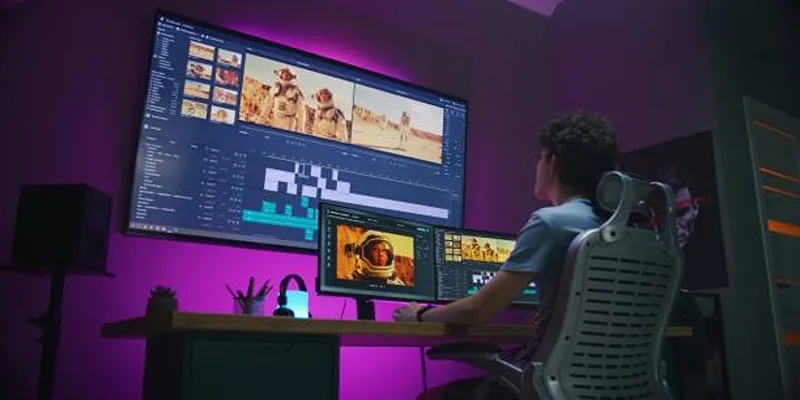
A Step-by-Step Guide to Creating a Split Screen Video with Movavi

Best Video Makers for iPhone: Complete List of Top Editing Tools

 mww2
mww2